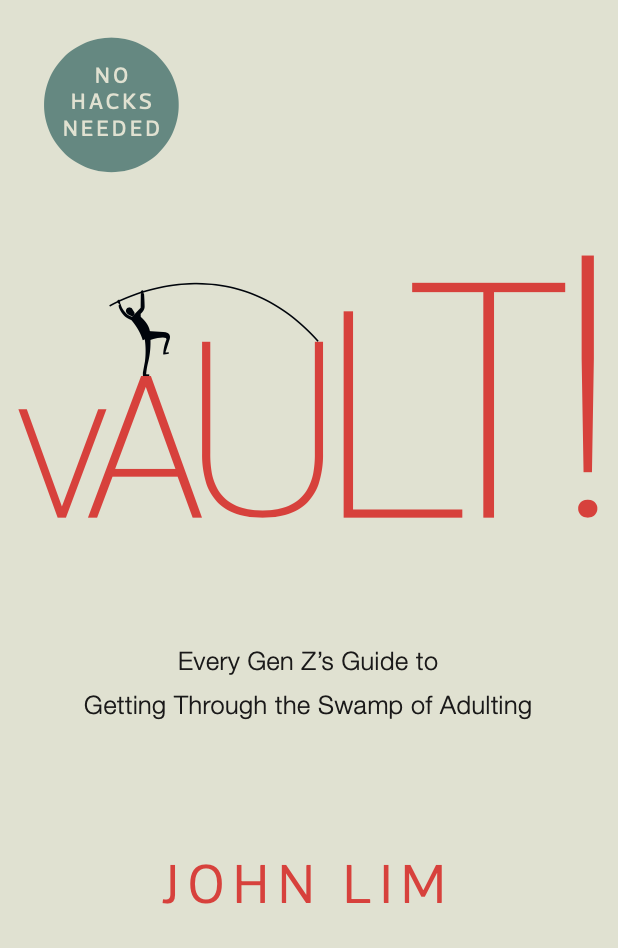It was June 2020.
I stared at the email, wondering what to do next. This was the fifth publisher that had rejected me, and I wasn’t too sure whether there were other publishers I could go to.

I had exhausted the list. I had done everything I could. Written a good introductory letter, sent the sample, heck, I even wrote the whole book.
During lockdown, I realised that the time I used to spend in the office was mostly wasted time around the water-cooler, gossiping. Within 3 hours, I would complete most of my work.
The rest of the time could be spent writing.
And in 4 months, I completed the first draft of 3 books.
I wasn’t sure what else to do, beyond sending it off.
If that sounds like you, and you’re stuck, well, you’ve found the right place.
But I want a traditional publisher
This is often the first thing people tell me when I tell them that they should try self-publishing. They tell me that they prefer to go the traditional method. No matter how much I tell them,
hey, it might be faster for you to do it yourself.
You might not always get a traditional publisher when you’re new,
They prefer to do it their way.
I don’t blame them.
But what I’ve tried to do is to understand why these authors want the traditional publisher.
I’ve realised that it’s a combination of factors, including:
- Having a traditional publisher tells them that their work is good.
- When you’ve a Penguin that take you on, it’s not wrong to think – hey, these are the biggest guys in the business. If they believe me, nothing could go wrong, right?
- Being chosen by a traditional publisher seems a better way to success.
- You might have never seen slush piles, but these are where the books that publishers can’t sell go. If you think that you’re going to make it big because one of the Big 5 publishers have chosen you, you should think again.
- You might have never seen slush piles, but these are where the books that publishers can’t sell go. If you think that you’re going to make it big because one of the Big 5 publishers have chosen you, you should think again.
That said, I don’t deny that having a traditional publisher can be useful.
But I don’t think it should be your only option.
Who’s going to take a bet on you, if you don’t take a bet on yourself?
So what made me move from wanting a traditional publisher to going the self-publishing route?
It was a simple question.
If I couldn’t invest in my own work, why would I expect someone else to?
Here’s what you’re asking for when you go to a publisher.
You’re asking them to give you minimally 1 year of their time, and to invest north of $20k with you, to publish and edit and print your book, and market it for you.
Who would do that, if you didn’t have any aforementioned credibility?
If you look at the list of authors today, you would notice that the major difference is that most can bring social proof to publishers and say,
look at this. I’ve 10k followers. If even 10% of them buy the book, you would have made back your money.
And as the publisher, you would begin to think,
okay, why not?
This is your competition.
If you want things to move faster, you have two options.
- Get a bigger social following.
- Invest in yourself.
What you should think about
When you’re a first time author, much of the advice out there does not work.

Just look at the points above.
Firstly, in your starting phase as an author, your role should be putting out work for critique. It shouldn’t be about refining and refining until a traditional publisher is willing to take it on. In fact, I will put it to you gently – you’re using the traditional publisher route as a crutch to avoid failing.
You can keep saying: the traditional publisher’s rejection means that my manuscript is not good enough, and I should work harder on it. But that’s not true. It’s just that they don’t think it’s good enough to sell a substantial number that will make a difference, not that it’s not good.
So your opening focus, should be about putting work out there, which you can own and say, this is mine.
It shouldn’t be about saying,
yes, I’m writing a book.
And when people ask, where is it?
Then you tell them you’re still working on it.
Self publish
That’s why I eventually decided to self-publish my first full book, a book for social workers.
It was a painful process trying to find the designers, figuring out how to get the ISBN numbers, and figuring out how to market it.
I spent hours standing in the hot sun, trying to find the right angle to speak to the camera. I would lug around the tripod, trying to find a place where the wind wouldn’t blow my hair into a mess.
It was a painful, but necessary experience.
In fact I always look back at those times with fond memories, because it was the first time where I felt I was in control. I was not powerless.
The beautiful thing about self-publishing is that you don’t have to go through the painful process of being at the mercy of book agents and publishers. Instead, you put things firmly within your own control.
Sure, authors have told me – yes, but you only can sell one hundred books. What’s the point of that?
Yes, but at least it went to the market. It’s not staying on the shelf.
Again, I’ve a preference for learning fast by being in the market, rather than waiting to learn, but I accept that some authors prefer to wait.
There’s nothing wrong with that.
Go with hybrid publishers
But for the next book I did, I tried a hybrid publisher called Candid Creations.
The only reason I did that was because a mentor paid for me to attend their course. I also wanted to do a print book – given that the first book I did was fully electronic.
Candid Creation
The publisher, Kok Hwa from Candid Creation, gave me a useful insight.
He was the first one who taught me the value of imputed authority. Before I met him, my previous book was largely based on my own experiences. I thought that was enough. But he showed me that it wasn’t lowering my self-esteem, but recognising that there were different ways to build credibility.
John, you’re still young. How about getting more credibility by interviewing people?
He was also the one who guided me through the soul-searching process when a guru I respected declined to endorse my book. He was the one who told me that I could not please everyone, and that it was my choice whether I wanted to still put the book on hold, or bring it out to the market.
Whilst he cost a hefty $10k, he was worth every penny.

Because it helped me to put the book onto the market.
Write Editions
The next hybrid publisher I did was with Write Editions. This is not to say it was easy. I had to write the book 3 times before it eventually went to print.

I paid $8400 to cover some of their costs, and nearly went bankrupt from it.
But Write Editions’ ChinKar was a respected voice in the field, and put me in touch with many of his previous authors that agreed to endorse my book. For example, luminaries like Dr Daniel Fung agreed to endorse the book, because Chin Kar was willing to help.
More than anything else, I was paying for his network.

Gutenhag
Of course, you can come with us if you’d like.
We will charge you $8000 for bringing your book to life, if you’d like.
Traditional publishing still?
Of course, the choice remains yours.
But remember this.
If you don’t take your own risks, why should others bear that risk for you?

